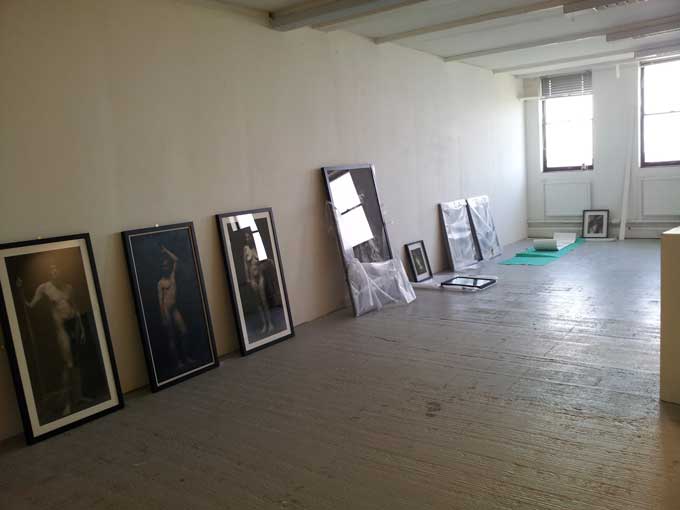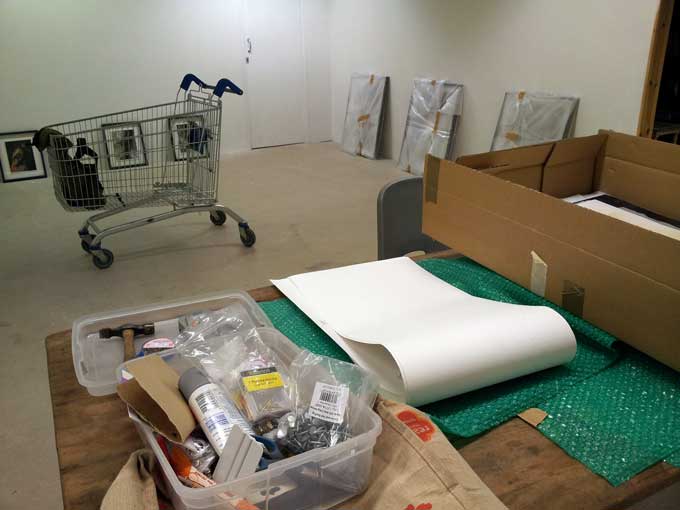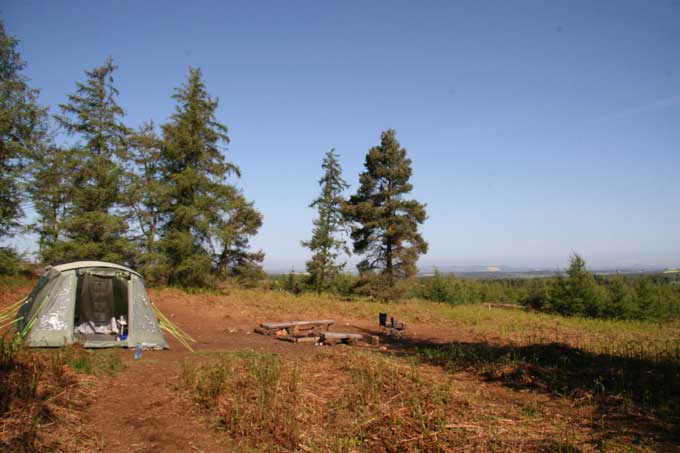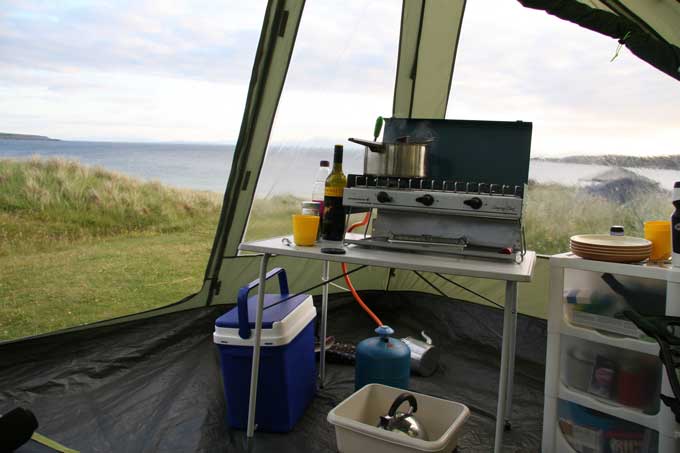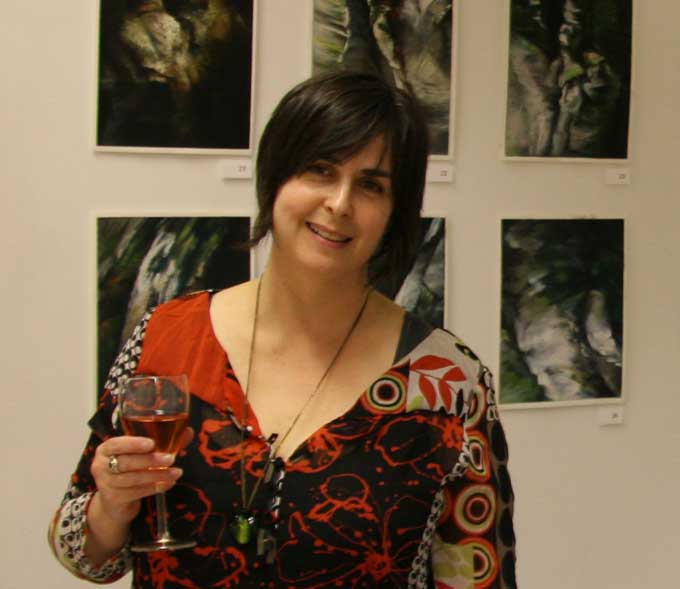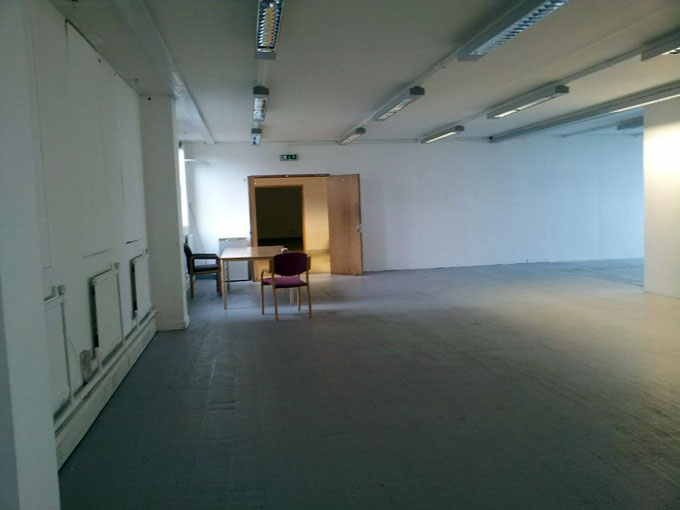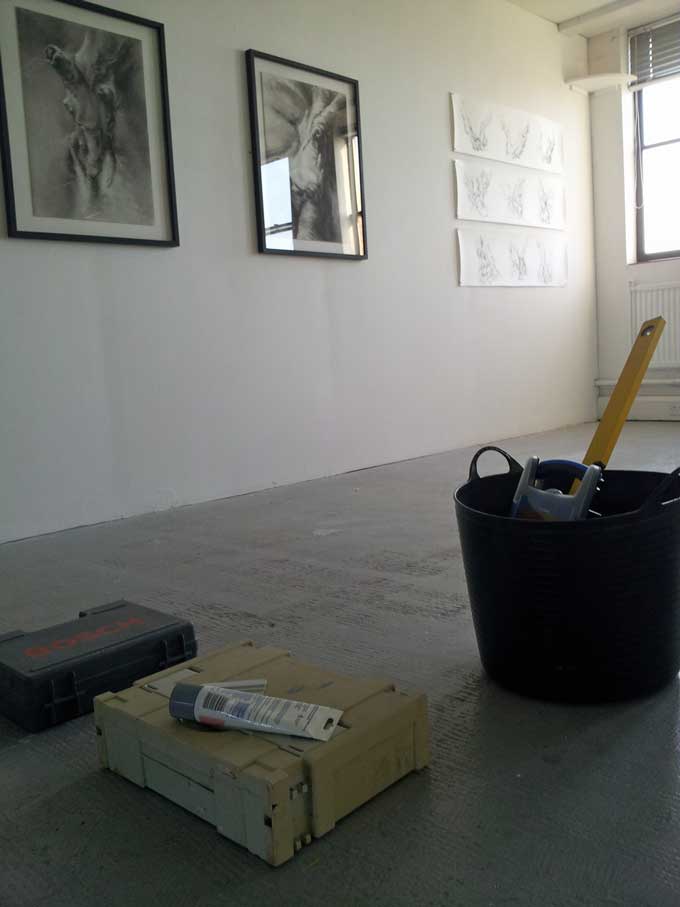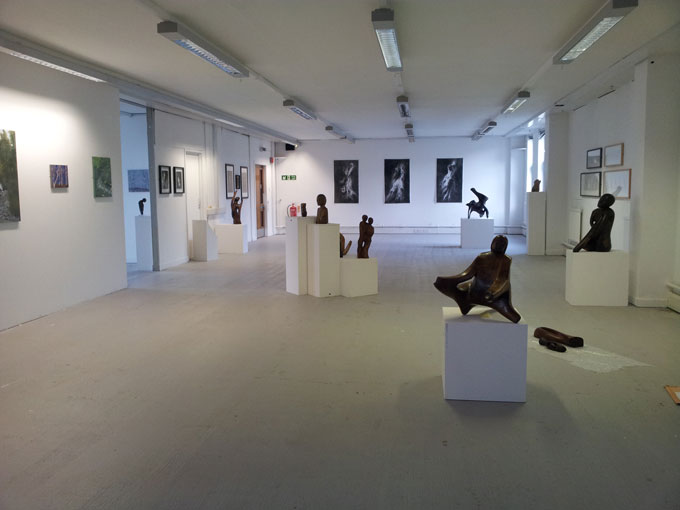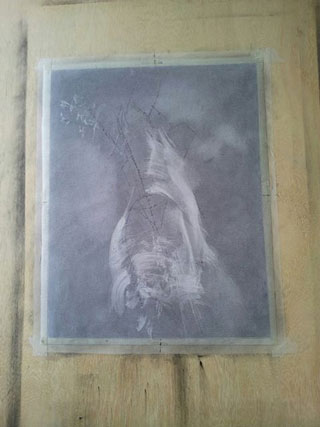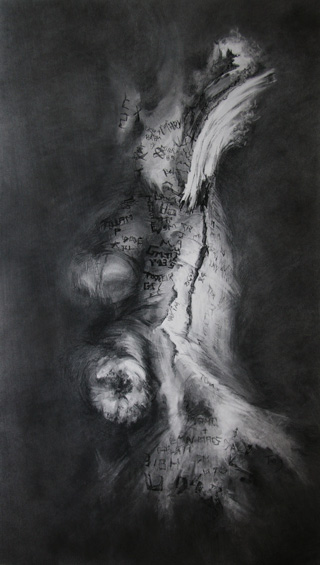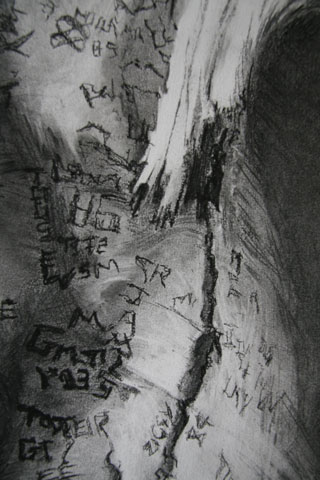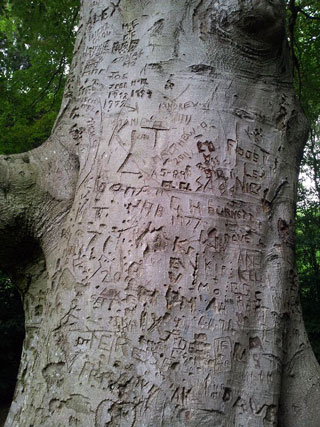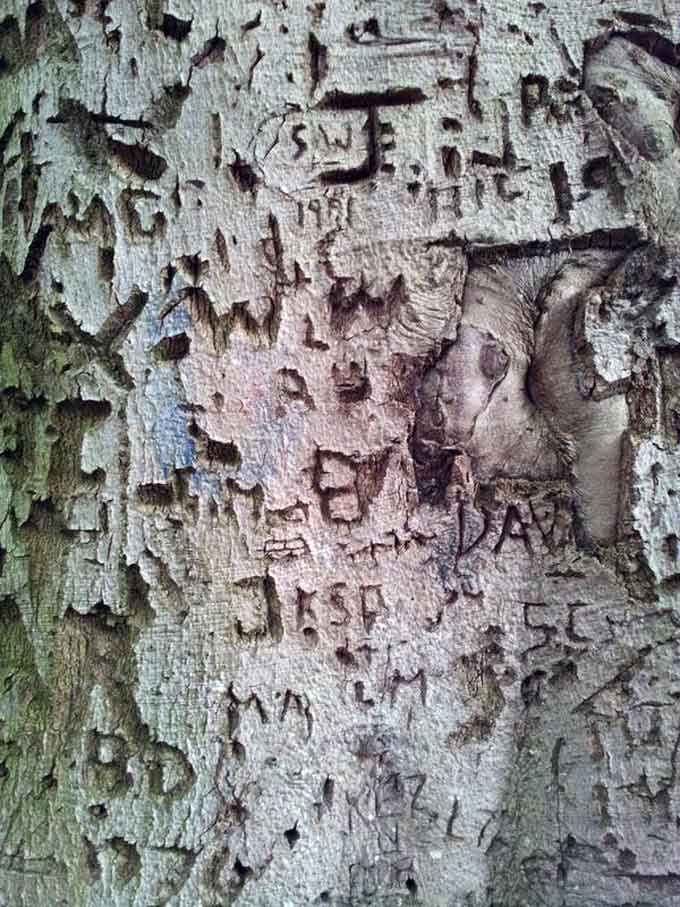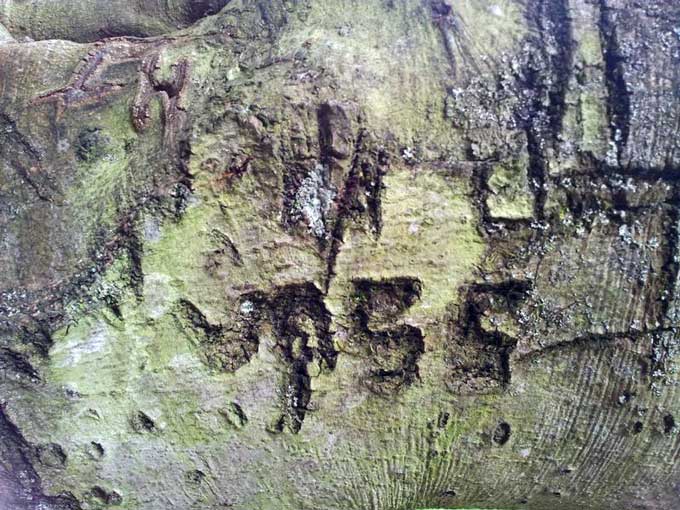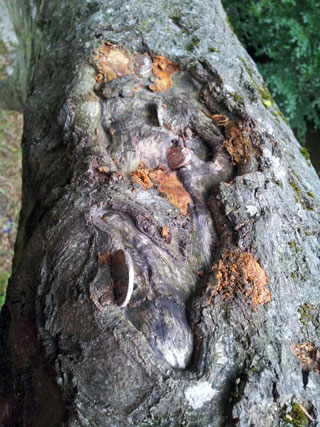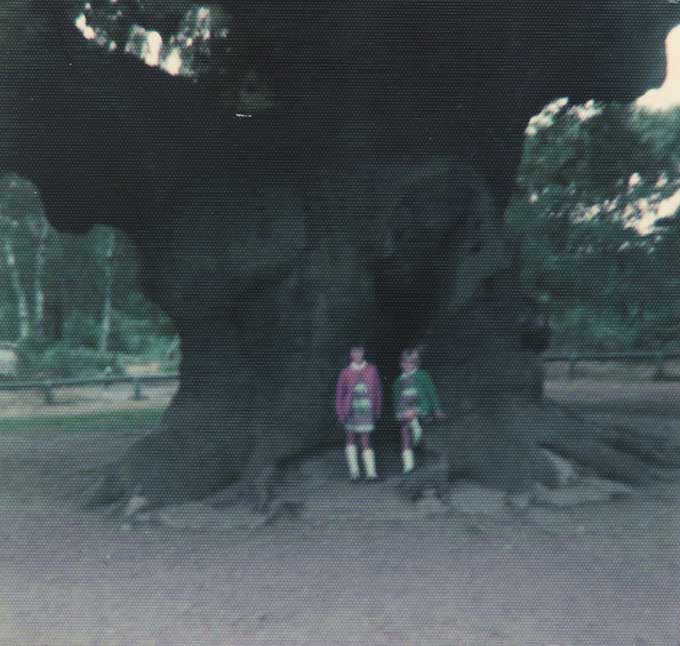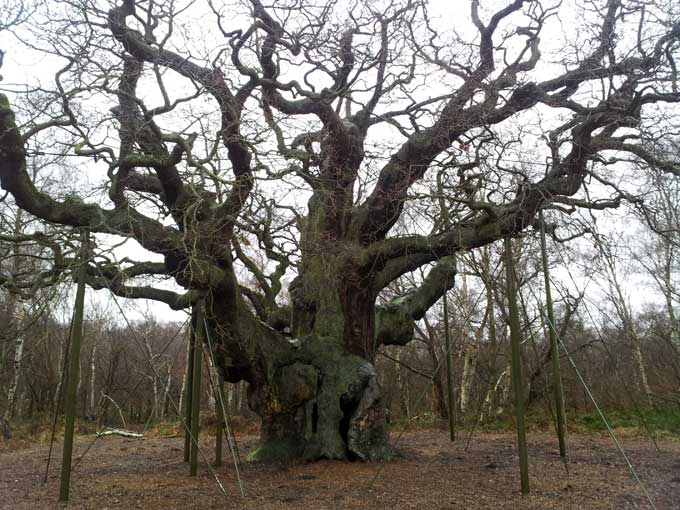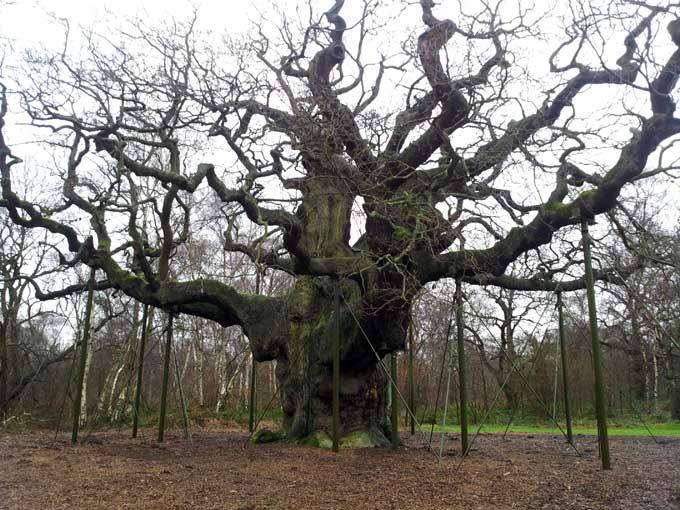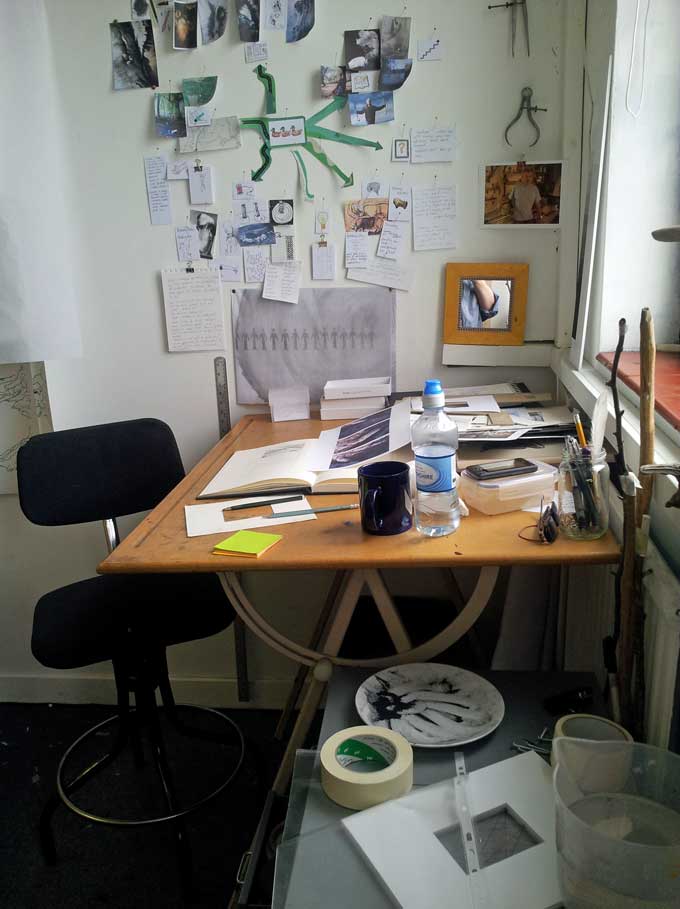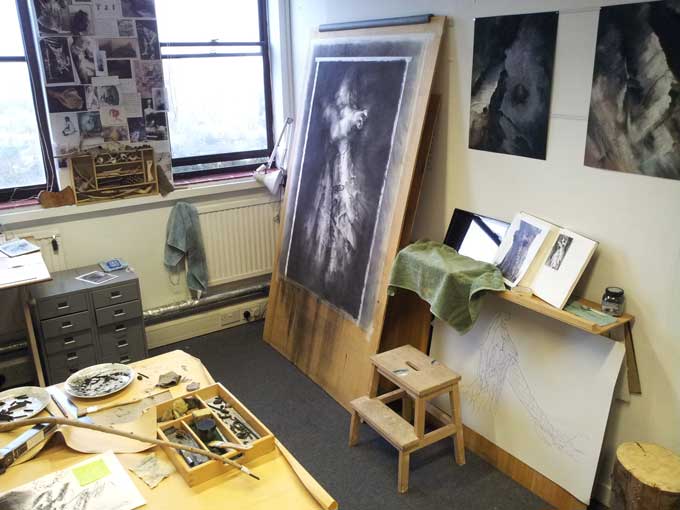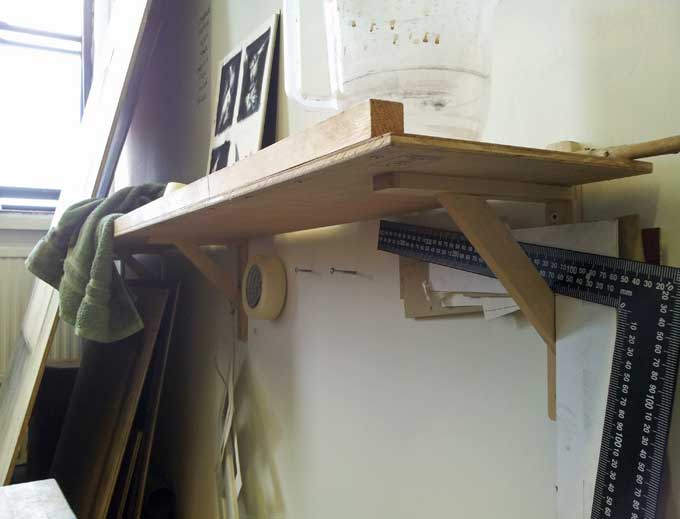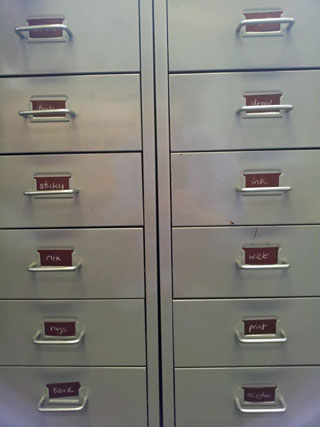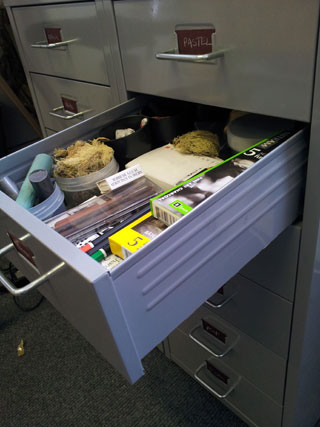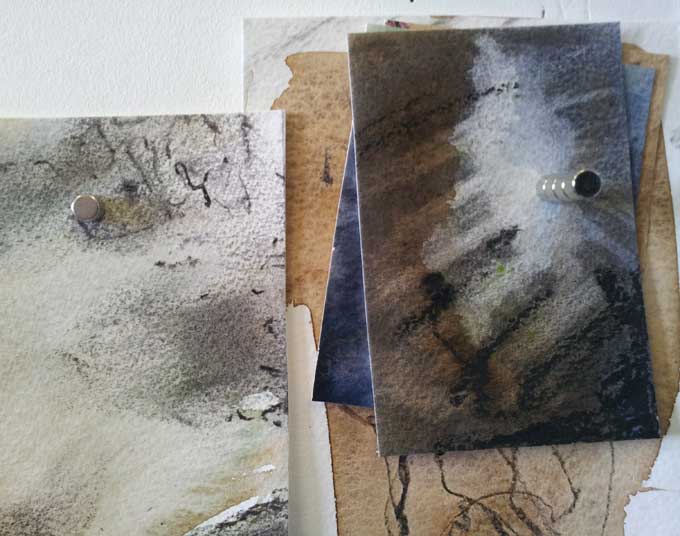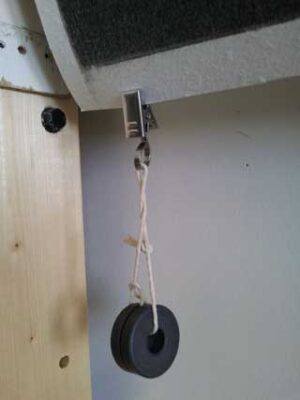It’s been a weird day in studio 6.20 today – my charcoal coated creative sanctuary was invaded by shopping trolleys, power tools and flying techno drones.
I have to be honest and say that there’s been no drawing done there for over a month now, other than doodles over photographs of empty gallery spaces and graph paper plans of exhibition layouts. I’ve really missed getting into my ‘grey zone’, immersing myself in the pure joy of line, tone, proportion and light. However, I have set myself the goal of curating a sizeable group show with an adventurous concept and that won’t organise itself now will it. So, with twenty other artists taking part and only four days to build it in the gallery, I’ve been putting all my time and effort into preparations and publicity for Make yourself @ home.
I began today by transferring most of the useful and interesting things from the shed to my car, then into a shopping trolley to take them up in the lift to my studio, which meant that the trolley was cluttering up my space. A happy hour or so was spent wielding my power tools, making shelves and brackets and other fixings for the show – very satisfying also because everything was made from materials collected and retrieved over the years or ‘buckshee’ as the Scots say.
Then Costas and the film crew from Wolfstar Pictures came in to have a look around and see if it was suitable for the wee film they are making to promote our Open Week at St Margaret’s House. We had a good chat, they said a lot of technical things I couldn’t understand to each other, then we agreed how I should set it up for the filming. Here’s a quick snippet introducing their idea, which involves an ‘Artdrone’ snooping round the studios after hours – slightly creepy but in a good way I think! Other studios are being filmed over the next few days, then we shall see the secret life of St Margaret’s House.
Want to know what an Art drone is? Have a look here »

